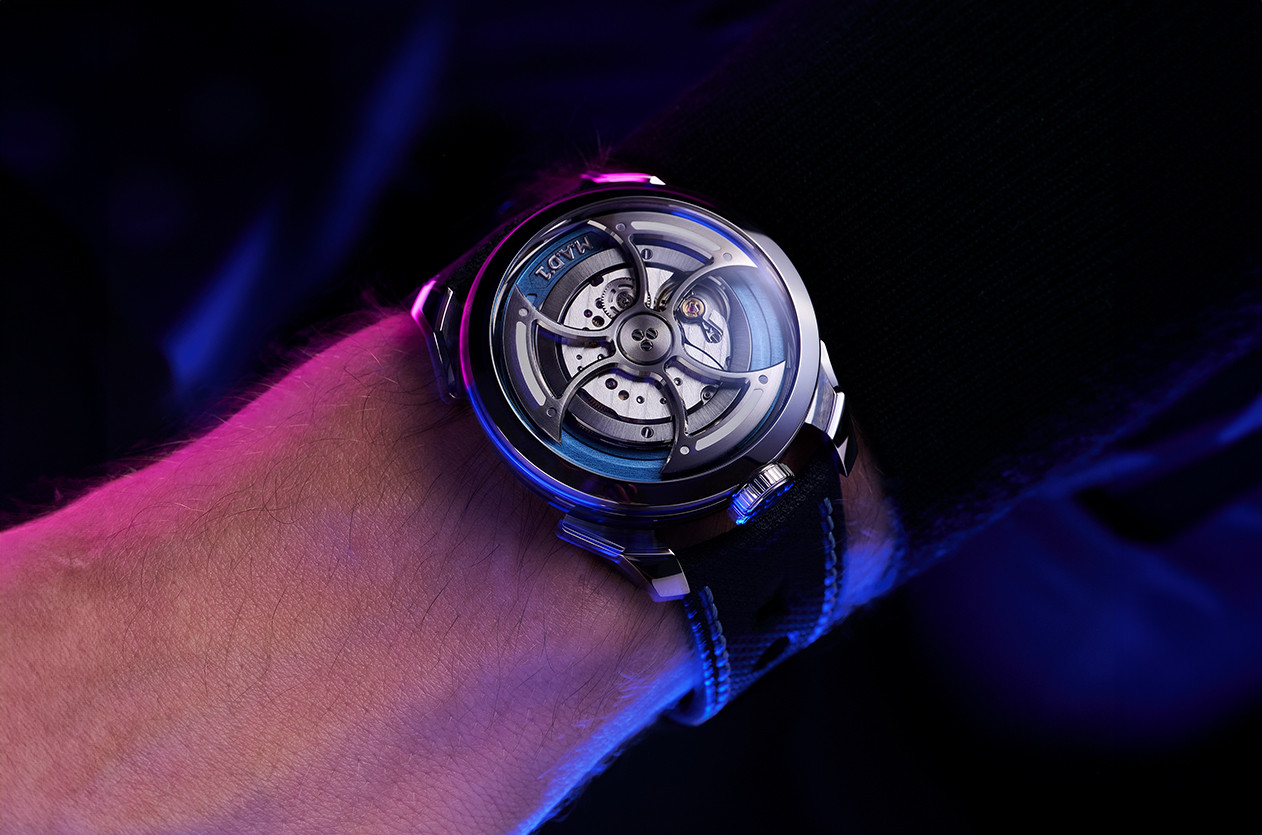
Introducing Seiko Unveils the Presage Cocktail Time SRPL96J “The Conte”
Welcome to the hub of the horoloy
The pendulum is the swinging weight (back and forth) in mechanical pendulum clocks or some specialized timepieces. The pendulum swings in a regulated manner to regulate the timekeeping function of the clock.
Typically, a pendulum consists of a long metal rod with a circular disc at its end, suspended from a fixed point inside the clock movement. It swings under the influence of gravity, and its motion is controlled by the escapement mechanism or the main spring, which provides regular impulses to keep the pendulum moving.
The oscillating motion of the pendulum regulates the time and governs the movement of the clock's gears and hands. It divides time into equal periods with precise and regular oscillations, allowing for accurate timekeeping. The length, weight, and design of the pendulum are carefully calibrated to achieve the desired accuracy in displaying time.

News Dubai Watch Week 2025 Will Be the Largest Ever with 90 Brands Participating

Technical The Frequency, Why It Matters in Mechanical Watches

Editorial The Secrets of Watch Case Design

Editorial Abraham-Louis Breguet, The Father of Modern Horology

Introducing MB&F Unveils the New Generation of Its Famous Collection the M.A.D.1S

Hands on Vulcain Cricket Classic 39mm Black & Khaki